Heat Exhaustion vs. Heat Stroke: What You Need to Know
Today it’s all about Heat Exhaustion vs. Heat Stroke. The dog days of summer are now directly upon us, along with the scorching and unbearable heat that the midday sun shines down on us. The extreme temperatures are not the only thing that rises this time of year.
The number of heat exhaustion cases and visits to the emergency room escalates, not to mention the number of heat-related deaths. That’s right, the heat is nothing that anyone should take lightly. Let’s dive into the difference between heat exhaustion vs. heat stroke. In case you missed this post: How To Know When Someone Is Severely Dehydrated
Heat Exhaustion vs. Heat Stroke
This is especially true if you work outside in the heat all day or have children that play summer and fall sports. You need to know and be able to share with your children what the symptoms are, along with the course of action that needs to take place. Here’s more on heat exhaustion and heat stroke, as well as everything you need to know.
The Statistics
Heatstroke is among the leading causes of death in young people and teens today. Most of these cases are related to sports in some way. Stay tuned because I have a lot more information about Heat Exhaustion vs. Heatstroke.
Heatstroke is at the top of the list when looking at weather-related deaths. Every single year, as many as 658 people die from heat-related illnesses, many of which were preventable.
Over the past few decades there has been a noticeable rise in humidity and temperatures. There’s an average of 1 heatstroke death per 2 million Americans every year.
People who are at a Greater Risk
Heat exhaustion or heat stroke can happen to anybody, but these are the people who are at a greater risk. Infants, along with individuals who are older than 65 are at potentially greater risk, along with those who struggle with obesity.
People that work outside, along with athletes that train outside are also at a greater risk because of all the energy that they are using. Those who take certain prescription medications (treating high blood pressure) and patients that have an imbalance of the hormone thyroxine, (causes your body temperature to rise more quickly) also have a greater chance of experiencing heat exhaustion.
What Triggers Heat Exhaustion?
Heat exhaustion can be caused by a number of different triggers besides spending too much time out in the sun or strenuous exercise. It can take place if you overdress, allow your body to dehydrate from not drinking enough liquids, or drinking too much alcohol as well.
Symptoms of Heat Exhaustion
Heat exhaustion is not as critical as heat stroke but is still very concerning. Heat exhaustion has a number of symptoms that you need to watch out for. If left untreated, heat exhaustion can lead to heatstroke, and could possibly even lead to death. Here’s what to look out for:
- Extreme thirst
- Excessive sweating
- Dizzy or lightheaded
- Nausea or vomiting
- Headache
- Agitated
- Tiredness
- Rapid, but weak pulse
- Clammy, pale cold skin
- Muscle weakness or cramps
What to do for Heat Exhaustion
Now that you know some of the symptoms for heat exhaustion, you can act and treat it before things go from bad to worse. Here are some actions that you need to consider in order to get your body temperature back down to normal.
- Drink plenty of fluids
- Stop all activity
- Get to a cool, preferably air-conditioned location
- Remove any extra clothing or layers
- Use cold compresses or take a cold shower
- Use fans or ice towels
Recovery Time for Heat Exhaustion
Most people that suffer from heat exhaustion will notice an improvement within 30 minutes after the symptoms have been treated. If for whatever reason the symptoms do not improve after 30 to 60 minutes, be sure to seek medical attention.
Symptoms of Heat Stroke
The symptoms of heat stroke are much more severe than those of heat exhaustion and can be deadly. Your course of action and treatment will look slightly different too. These are a few of the symptoms of heat stroke:
- Headache
- No sweat
- Dry skin
- In and out of consciousness
- Confusion or delirious
- Rapid heart rate
- Red and hot skin
- Difficulty breathing
- Convulsions
- A temperature of more than 104 degrees
What to Do for Heat Stroke
If you believe that someone you know is experiencing heat stroke, don’t hesitate, medical attention will be required. These are the steps and actions that are critical to keeping that person alive.
- Immediately dial 911
- Don’t give them any liquids unless they are awake and alert
- Move that person to a cooler place
- Place cold compresses on the person
How to Prevent These Situations
If you know that you will be spending a lot of time out in the sun throughout the course of the day, there’s a handful of preventive measures that you can take so that you don’t have to make a visit to the E.R. Here are a few of them:
- Be sure to take it easier during the hottest parts of the day
- Keep up with fluids by drinking plenty of liquids
- Protect your skin against sunburn
- Don’t ever leave your child in a car
- Never exercise or work out in the heat alone
Final Word
Heat exhaustion caused by the summer heat is not something that anyone should take lightly. Be sure to treat the symptoms immediately and get out of the heat so that your condition doesn’t worsen. Once you’ve experienced heat exhaustion or heat stroke, your body will be more sensitive to heat for a while.
If thermometers become available please get one, I didn’t buy a fancy one. This is the one I bought: Thermometer
Again, if you suspect that someone is experiencing heat stroke, don’t wait around for their conditions to improve because they likely won’t. Call 911 immediately! What questions do you have about Heat Exhaustion vs. Heat Stroke? May God bless this world, Linda
Copyright Images: Heat Exhaustion and Heat Stroke Deposit photos_270825486_s-2019

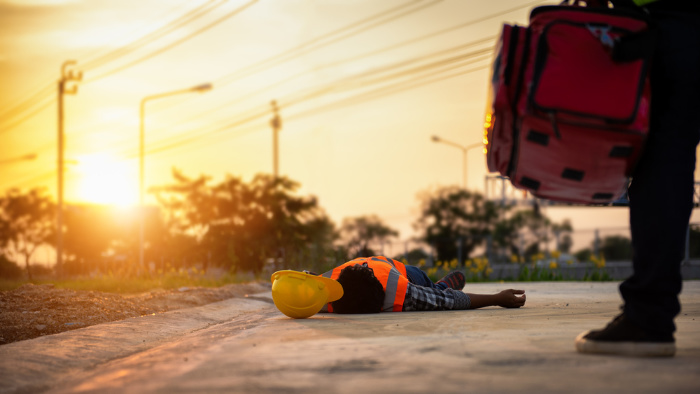

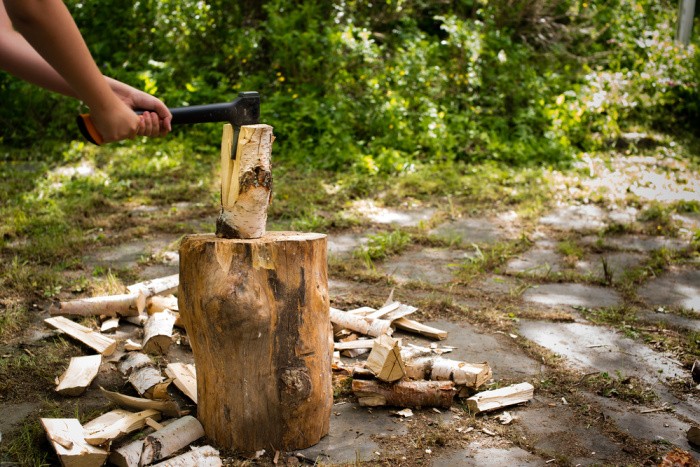
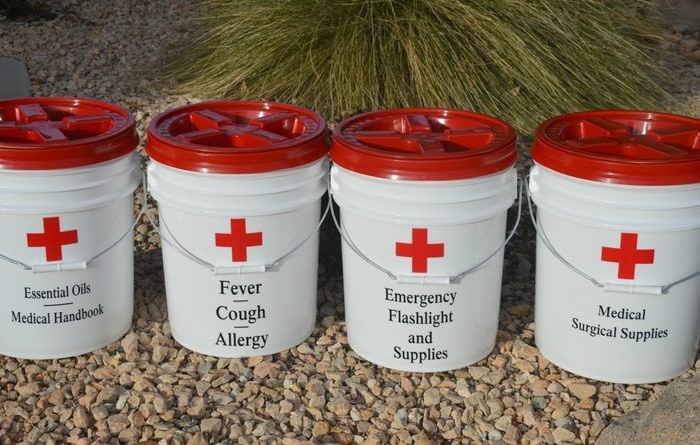

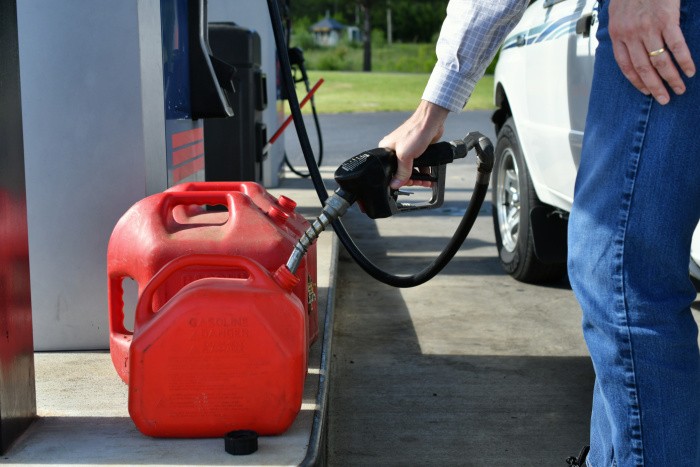
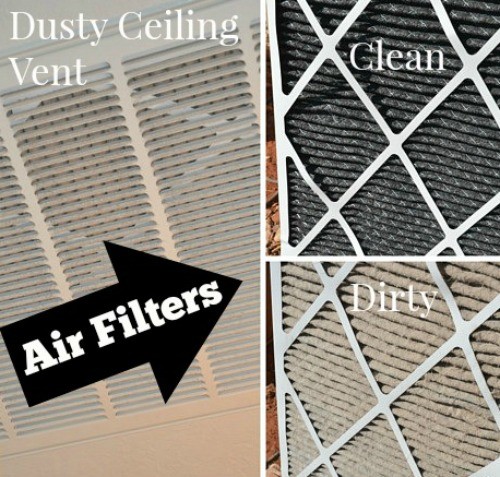
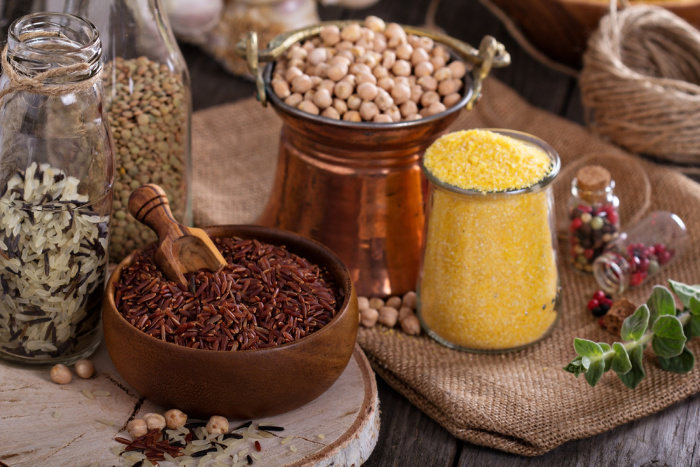













Hi Linda,
In the case of heat stroke, both Dr. Joseph Alton and the physician-authors of Survival and Austere Medicine, 3rd Edition recommend giving fluids ASAP–orally if the patient is awake and alert. While IV administration would be ideal in this case, fluids can also be administered rectally or subcutaneously, and you don’t have to be a trained professional to do either of these. Delaying fluid administration may be fatal.
Jennifer
Hi Jennifer, keyword, awake, and alert. So true. Linda
It is starting to get pretty warm here in Western Washington – finally!!
Living in an apartment complex with seniors, I notice a lack of hydration with many – some I have spoken with only drink, at best, 16 to 32 ounces of water on a regular basis. Many also overdress for the warmer weather – the apartments will either be way too hot or way too cool. AND many have challenges staying warm year round just due to the lack of the ability for the body to regulate their temperature. Yesterday it was 80F and I saw one woman who had on sweat pants, t-shirt and sweatshirt – she said she was cold even at that!
I encourage people to always carry water with them when they are out walking, walking their dogs, etc. I also encourage them to carry a container to put some water in for their dogs. Most don’t even think that way! Scary.
Anyway, even though I do drink at least 64 ounces of water each day, I found myself with a bit of heat exhaustion. I was socially distant visiting with some other residents when I realized that I was shaky, nauseated and light headed. I got out of the sun, back to my apartment, and cooled down with a wet washcloth! Better in less than 5 minutes!
I am going to share this post with my community with the hope that no one falls victim to heat exhaustion or heat stroke.
Also, years ago, I learned that once a person suffers from heat stroke one time, they are more susceptible to heat stroke in the future.
People tend to forget that their dogs have to pant to cool off, so allowing them to get wet and stay hydrated are the only two things that can help them. But even less often considered is simply how hot the pavement can get and that the dog is walking on it, possibly burning his pads.
Some people think they’re animals so they can cope, but they forget dogs were bred by humans and can’t take what wild animals can because they’re not designed for it.
I live in Florida, am one who dehydrates easily and really hates the heat and humidity, so I am always looking out for how it affects me and others.
Hi Frank, a great reminder about the dogs. It’s so hot here in Southern Utah 110 degrees today that the sidewalks would burn my dog’s paws. We cannot walk them in the summer, they would overheat and their paws would be burned for sure. I love Florida but the humidity and heat kill me but it sure is beautiful! AND you can grow food year-round, right? Life is good with the A/C going!! Linda
Frank – you are right about the dogs and pavement. We have grass and some shade trees here at the apartment complex. Fortunately, we only have a month or so of hot weather – we complain about all the rain then when it gets into the 80s we complain about that too!!
Hi Leanne, I love hearing this, life is good! Linda
Hi Leanne, thanks for sharing this article with your community. My son-in-law was taken by ambulance right here in St. George, Utah after (golfing) suffering heat stroke and heat exhaustion. He was in a car with my husband and he told him to pull over because he was so sick and delirious. The hospital told us he would have to be careful for the rest of his life in the heat. It was so scary. Thankfully a paramedic was in truck behind us while they waited for the ambulance. We must teach the world to drink a lot of water. It’s critical to our health. Great comment, Linda
Good stuff. I’ve been in both and have treated many in the watermelon fields when i was young and as a soldier.
Just make sure that you are reassuring them that they will be ok to set them at ease as you work on them.
Hi Matt, wow, in the watermelon fields. It’s so hot in some areas of the world, we keep playing and working but still need to be careful. I like your idea of reassuring them, a great reminder. Linda
My step-grandfather died of heatstroke while working in the tobacco fields in North Carolina. This is nothing to mess around with. I didn’t know about the medications that could affect this condition! Thanks so much for this publication!
Hi Connie, it is really scary! I’m sorry to hear that step-grandfather died of heatstroke while working in the tobacco fields. So sad. Stay safe, Linda
Another worthwhile point to remember is to get enough salt. Yes, we’re warned about too much sodium (much of which is in “junk” food), but since your body is sweating out not just water but also salt and other minerals, it has to be replaced. Switch from processed white table salt to either grey sea salt or pink Himalayan salt (either of which has far more trace minerals), and your body will stay in balance far better!
I also like to have not only water, but old-fashioned haymaker’s switchell (lots of recipes on-line). You might say it’s the first “sports drink,” including cider vinegar, molasses, and ginger for trace minerals. We’ll be haying–no way to avoid being out in the hot sun, let alone the hot hayloft!–so I’d better make some.
You can also stay cooler by wearing a wet bandanna on your head or around your neck. Another idea is to roll some ice cubes into a bandanna, then tie the roll around your neck–they also make gel-crystal filled rolls that you soak in water until plumped up and wear the same way. I live in those this time of year…
Hi Rhonda, a great reminder on the salt and the switchel! I bought several cooling neck things on a website called mission (.com) gaiters (neck and head deals) that when we wet they stay cool for 2 hours. Just rewet and you can be cool again. Out temps are over 100 degrees here now, so I always have some for visitors. Great comment as always, Linda